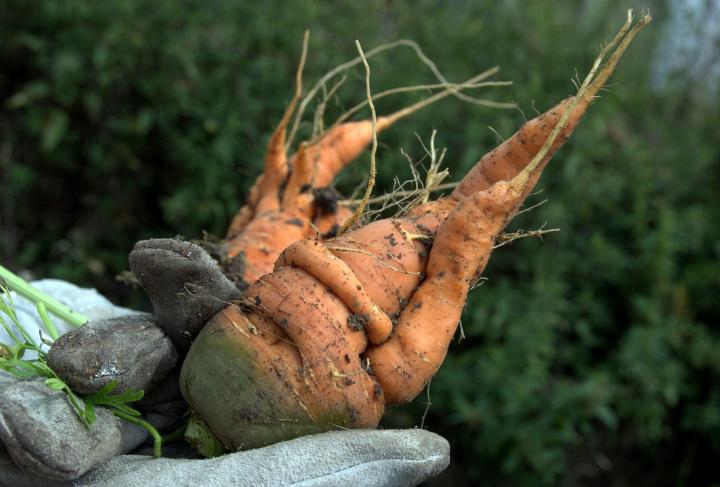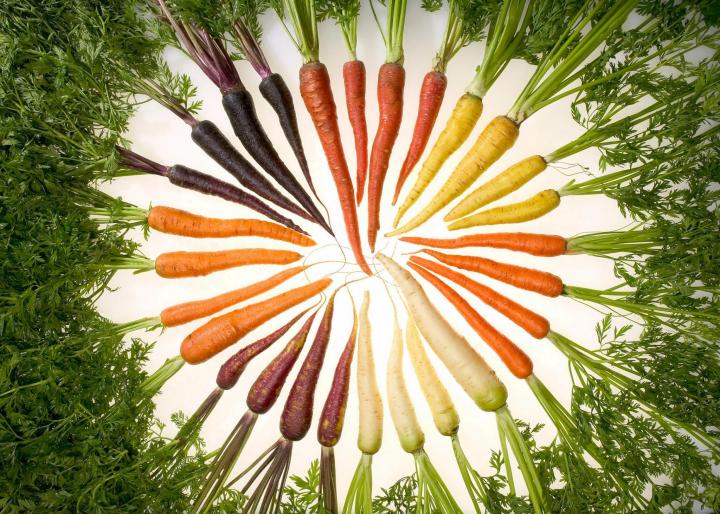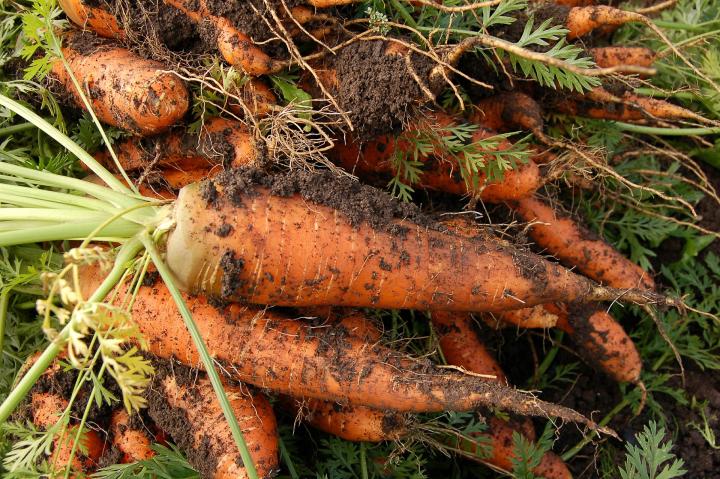
Photo Credit
Popidar/Shutterstock
No content available.
Subhead
How to Plant, Grow, and Harvest Carrots
ADVERTISEMENT
Sclerotina was not mentioned in the diseases of carrots; I have lost numerous carrots to that disease.
I sow carrot seeds using a suspension of school wallpaper paste.
I make the paste up so it is gloopy then put it in a squeezy bottle, add the carrots seeds and shake well so the seeds are evenly dispersed , then squeeze the contents in a line . School paste works , as it is cool water paste contains no preservatives or fungicide .
Costs a bit more, but pelleted carrot seed is easy to see and handle. Makes planting a breeze.
Thinning is not necessary.
It's nice and ai want to start up a farm project
It's nice and ai want to start up a farm project












Comments